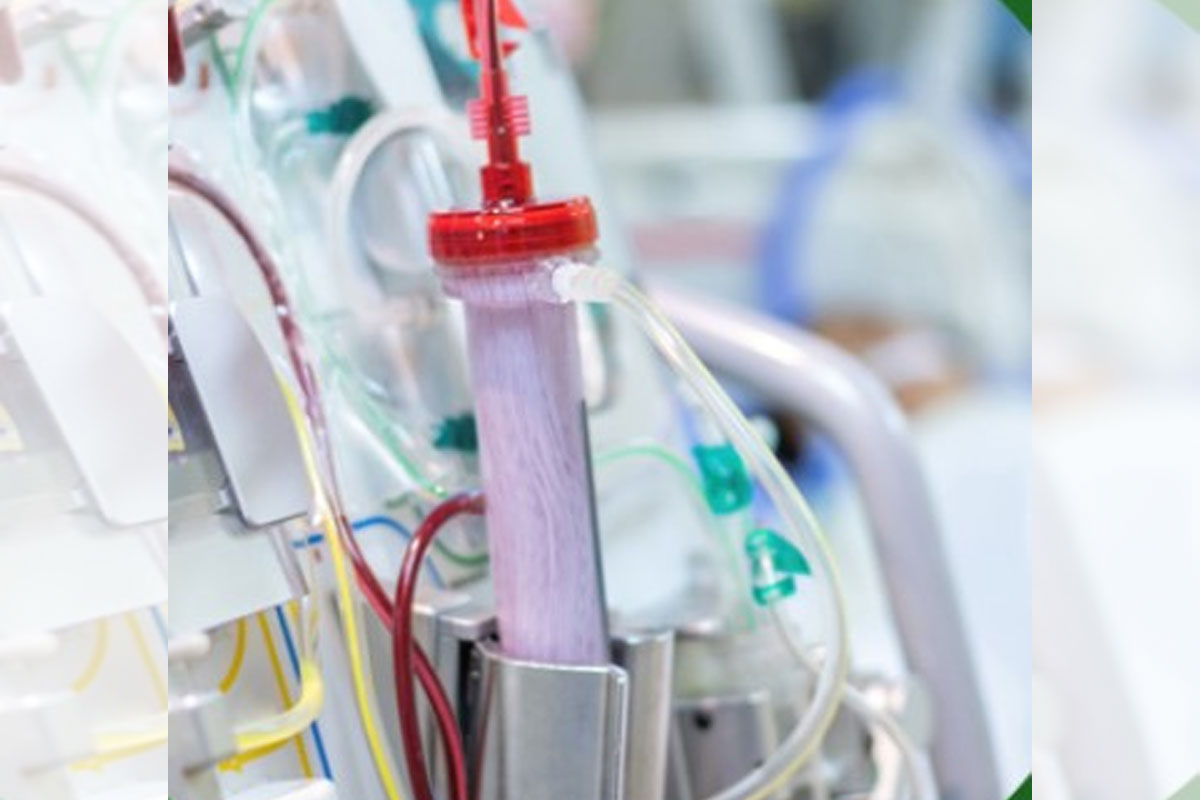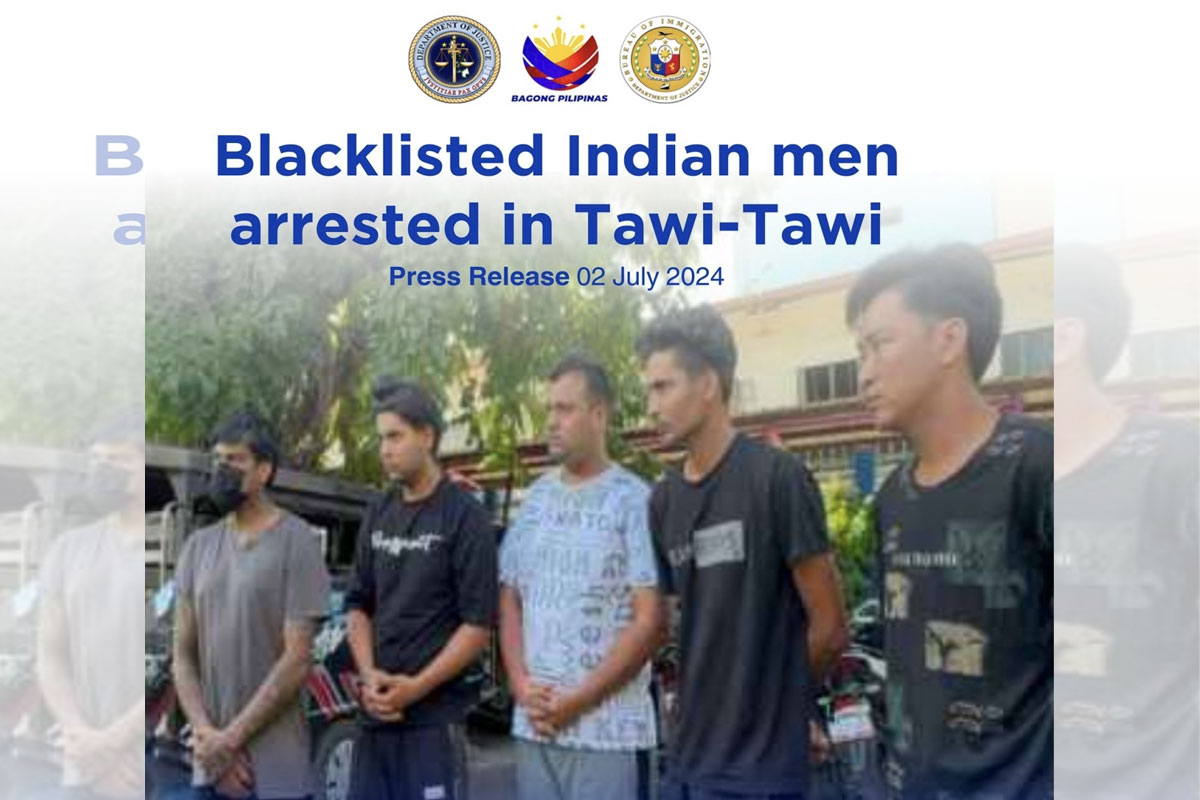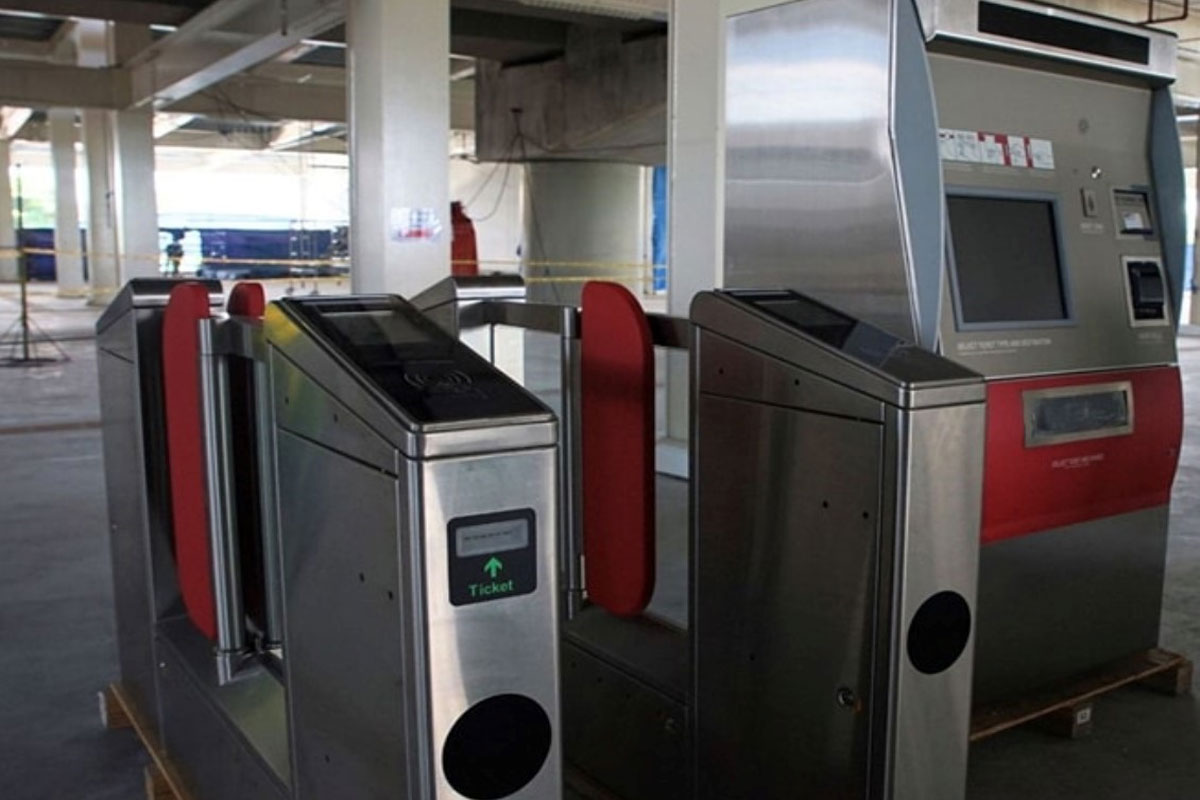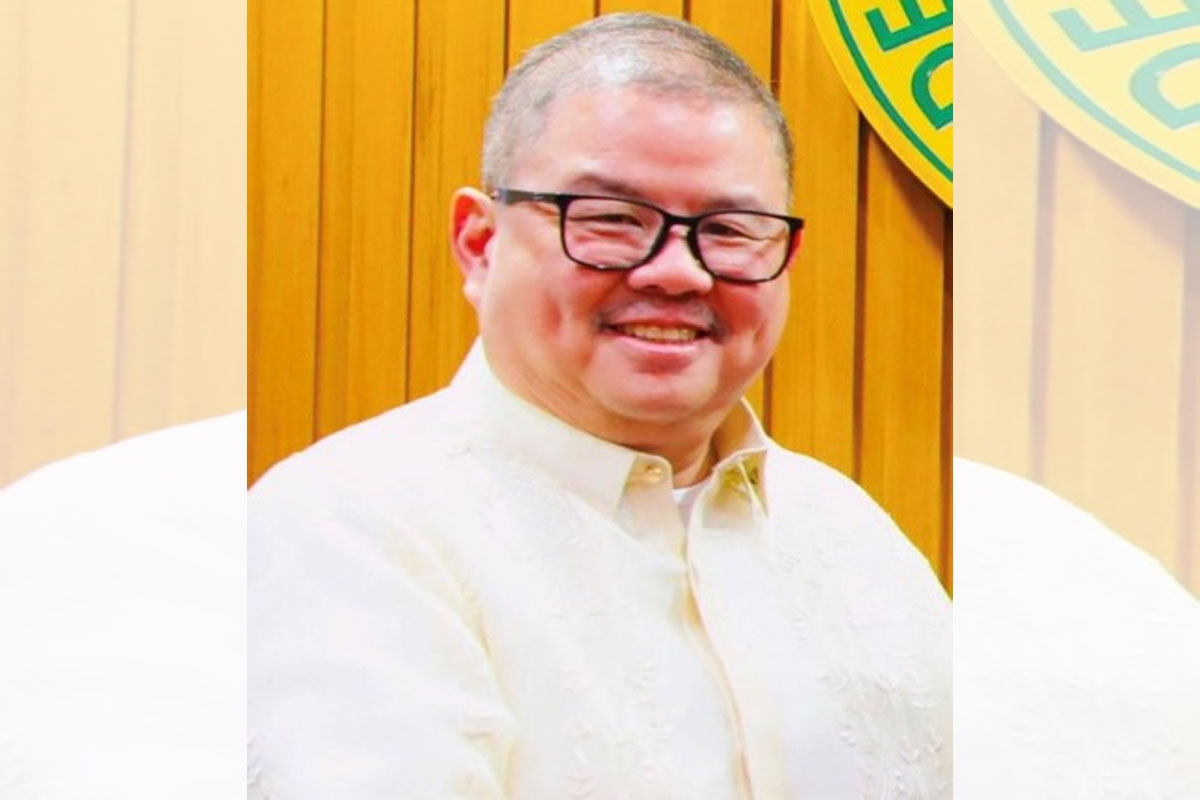
Fulfilling unfinished legacies
FORMER President Ferdinand E. Marcos Sr. was responsible for many programs that once made the Philippines the envy of its neighbors in Southeast Asia.
Some of these programs though were not completed.
Decades after, the late ex-president’s son, Ferdinand R. Marcos Jr., now president of the Philippines, is starting to continue and complete the unfinished legacies of his father to the Filipino people.
President Marcos recently took pride in following the footsteps of his fatherto improve the living condition of farmers in Cagayan Valley, as he led the launch Monday of a P65.7-million solar-powered irrigation system in the region.
“Kaya sa araw na ito, ikinararangal ko na sundan ang yapak ng aking ama at dagdagan ang lahat ng kanyang mga nagawa para sa ating mga magsasaka at kanilang mga pamilya,” President Marcos said during the inauguration of the Cabaruan solar-powered irrigation project (SPIP) at Brgy. Cabaruan, Quirino, Isabela.
“Ang pormal na pagpapasinaya ng Cabaruan Solar- Powered Pump Irrigation Project na ito ang kasunod na yugto sa istorya ng progreso ng Isabela.
At hindi lamang ng Isabela kung hind isa buong Amianan. Kung dati-rati ay gumagamit tayo ng mga makinang pinatatakbo ng langis upang dumaloy ang tubig mula sa irrigation canal patungo sa inyong mga taniman, ngayon ay pinagagana na natin ito gamit ang kuryente galing sa sikat ng araw. Libre na kuryente na galing sa araw kaya’t maaari nating ibigay ang libre na patubig.”
The project, the biggest solar-powered pump irrigation project in the country, could irrigate 350 hectares of rice field, benefitting almost 237 palay farmers.
“Napakalaki pa ng naging katipiran natin dito dahil, bukod sa libre na ang pagkukuhanan ng kuryente, inilagay mismo sa taas ng irrigation canal ang ating solar panels, kaya hindi po mababawasan ang lupang tinataniman ng ating mga magsasaka,” he said.
This is in addition to the National Irrigation Administration (NIA) mass acceptance of 15 solar-powered pump irrigation projects and two small irrigation projects in the region.
Those projects could irrigate 251 hectares of farm lands and could benefit 867 farmers. The projects are part of 62 solar-powered pump irrigation projects put up in Region II.
A total of 152 solar-powered pump irrigation projects are being constructed, with 118 projects to be put up by the government.
“Sa kabuuan, walumpu’t dalawang solar-powered pump irrigation projects na ang natapos at napagana natin sa bansa mula noong 2023 at tinitiyak ko sa inyo na dadagdagan pa natin ito sa mga susunod na buwan at sa mga susunod na taon,” said the Chief Executive.
“Tiyak na dahil sa pagtatayo ng solar-powered pump irrigation project na ito, sa inyong barangay ay magkakaroon ng tuluy-tuloy na daloy ng tubig sa mga irigasyon na sistema, maa-alagaang mabuti ang mga pananim, dadami, dodoble ang inyong mga ani sa produkto,” he said.
With these developments, farmers will take more profit.
The President has only one request. He appealed to palay farmers in Isabela, Region 2, and the entire country to help the government introduce the use of an effective, modern, and efficient way of farming.
The Cabaruan SPIP is a project of the NIA under the Magat River Integrated Irrigation System (MARIIS). It was constructed from July 6, 2023 to February 29, 2024.
It’s the first SPIP in the country to be constructed over an irrigation canal, which relieved farmers from donating a portion of their property. It’s also the biggest SPIP nationwide in terms of the number of solar panels at 1,056.
The system can produce 739,200 watts of power for its two submersible pumps, with each pump capable of discharging 12,800 gallons per minute. Isabela is the biggest corn producer and the second biggest contributor to palay production in the country.
**
For comments, please call or text 09569012811 or email [email protected]


























